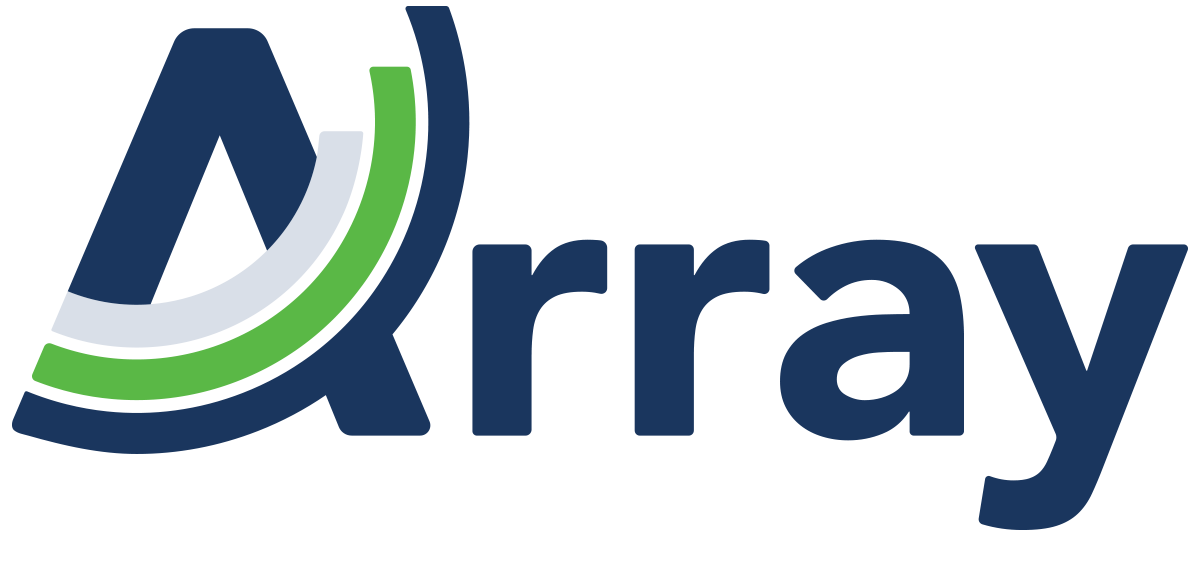Every week, the Array team reviews the latest news and analysis about the evolving field of eDiscovery to bring you the topics and trends you need to know. This week’s blog covers the week of February 19-25. Here’s what’s happening.
Generative AI “hype” about to plateau?
Gartner’s 2023 Hype Cycle for Emerging Technologies predicts that expectations for Generative AI will peak in two to five years. For those not familiar with Gartner’s Hype Cycle, it analyzes a technology’s life cycle, starting with a dramatic upslope called the “Technology Trigger” that peaks with “Inflated Expectations,” then drops into the “Trough of Disillusionment” before a slight “Slope of Enlightenment” that ends on the “Plateau of Productivity.”
Following this cycle, what does the current maturity level of Gen AI on the Hype Cycle mean for eDiscovery? Mike Quartararo, President of ACEDS, writes that Gen AI “raced up the Innovation Trigger landscape very, very quickly, thereby raising expectations that this new ‘solution’ would solve intractable e-discovery problems.” Now we’re at the point where some solutions may not live up to the hype, leading to disappointment.
What will bring enlightenment and a path to productivity? It’s important to note that we’re talking about Generative, and not Predictive, AI, and as Quartararo notes, “lawyers cannot work with generated evidence.” Where Gen AI could be useful, he writes, is information governance and summarizing documents.
“Imagine if an organization had a deep understanding of their data pre-litigation or on an ongoing basis, or that all their documents were properly classified,” he writes. “That would be valuable because perhaps less data would need to be collected, processed and reviewed, and that would save time and money in all downstream e-discovery activities.”
While some solutions have not lived up to the hype they initially generated, Generative AI is here to stay. Lawyers who embrace this technology early on and responsibly and ethically introduce it into their workflows will reap the benefits of the efficiency that this technology brings ahead of their counterparts who are late to the game.
Discovery on discovery & ESI retention
When is “discovery on discovery” allowed? Sidley’s E-Discovery Update wrote about a U.S. Magistrate Judge’s decision in Linet Americas, Inc. v. Hill-Rom Holdings, Inc. that covers one such situation.
In an antitrust suit, the Plaintiff alleged the Defendant forced hospital chains into exclusive medical supply contracts. Discovery revealed that ESI from four of the Plaintiff’s custodians, who left the company before the litigation was filed, was destroyed after they left the company. The Defendant sought discovery from the Plaintiff to determine when it reasonably anticipated a lawsuit and may have had a duty to preserve the ESI from the four former employees.
The Plaintiff said the last of the four custodians left their employment in December 2019 and the ESI from all four was destroyed through its regular business practice – within three months of employees leaving the company, so at least by April 2020. But the Plaintiff retained the law firm that filed this litigation in January 2020, which led the judge to write that “federal courts across the country have recognized that a plaintiff’s duty to preserve is more often triggered before litigation commences, in large part because plaintiffs control the timing of litigation.”
The judge ordered the Plaintiff to produce the retention letter with its law firm, a log of communications between it and the law firm, and its active document retention policies between December 2019 and April 2020. But the judge denied the Defendant’s request for ESI retention policies before December 2019, saying the approved discovery was “directly relevant to the location of evidence for this case and whether that evidence should have existed when the duty to preserve was triggered.”
This serves as a good reminder that companies should activate their legal hold workflows as early as possible when their duty to preserve is triggered. Organizations with documented Standard Operating Procedures for their legal hold, preservation, and retention workflows may be able to avoid discovery on discovery, focusing their time and efforts on the merits of the matter instead.
Other recent eDiscovery news and headlines:

